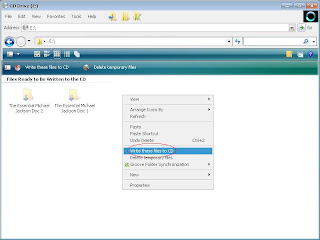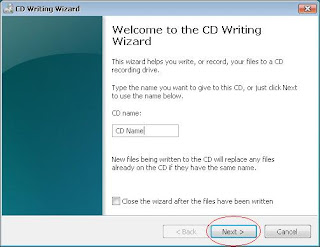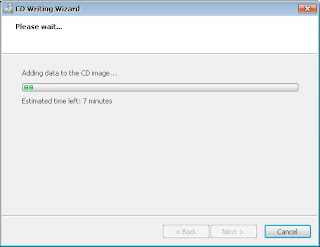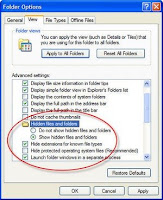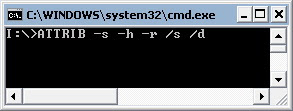All source from :
- AMD K6 Series
- AMD K6
- AMD K6-2
- AMD K6 Series
- AMD K6 Series FAQ
- Intel Pentium Series
- Intel Pentium II
- Intel Pentium III
- Intel Pentium Series
Quick Facts
[ AMD K6 VCore comparison with Intel Pentium II ]
AMD K6 (released 1997)
- Series :
- AMD K6 (model 6) = VCore 2.9V/3.2V/3.3V
- AMD K6 "Little Foot" (Model 7) = VCore 2.2 V
- Series :
- Intel Pentium II (Klamath) = VCore 2.8V
- Intel Pentium II (Deschutes) = VCore 2.0V
- Intel Pentium II Mobile (Tonga) = VCore 1.6V
- Intel Pentium II Mobile (Dixon) = VCore 1.5V/1.55V/1.6V/2.0V
[ AMD K6-2 VCore comparison with Intel Pentium III ]
AMD K6-2 (released 1998)
- Series :
- AMD K6-2 (Chomper) = VCore 2.2V
- K6-2 (Chomper Extended) = VCore 2.0V/2.2V/2.3V/2.4V
- K6-2+ (Mobile) = VCore 2.0V
- AMD K6-III (Sharptooth) = VCore 2.2V/2.4V
- AMD K6-IIIP = VCore 2.0V/2.2V
- AMD K6-III+ = VCore 1.6V/1.8V/2.0V
- Series :
- Intel Pentium III (Katmai) = VCore 2.0V/2.05V
- Intel Pentium III (Coppermine) = VCore 1.6V/1.65V/1.7V/1.76V
- Intel Pentium III (Coppermine-T) = VCore 1.75V
- Intel Pentium III (Tualatin) = VCore 1.4V/1.475V
- AMD K6 (model 6) Specification :
> Total Transistors : 8.8 million
> Production Process : 350 nm/0.35µm
> L1-Cache : 32 + 32 KB (Data + Instructions)
> Instructions Set : MMX
> FSB : 66 MHz
> VCore : 2.9 V (for 166/200MHz clockspeed variant) 3.2/3.3 V (for 233MHz clockspeed variant)
> Clockspeed Variants : 166, 200, 233 MHz
> Die Size : 162mm²
- Intel Pentium II (Klamath) Specification :
> Total Transistors : 7.5 million
> Production Process : 350 nm/0.35µm
> L1-Cache : 16 + 16 KB (Data + Instructions)
> L2-Cache : 512KB (with 512MB cacheable)
> Instructions Set : MMX
> FSB : 66 MHz
> VCore : 2.8 V (for all clockspeed variant)
> Clockspeed Variants : 233, 266, 300 MHz
> Die Size : 203mm²
- When I compare those two samples processors, I noticed a few significant facts that I listed below :
- Both processors had gone through the same production process (350 nm/0.35µm)
- AMD is less experienced with 350 nm/0.35µm production process
- Intel is more experienced with 350 nm/0.35µm production process
- Both processors had the same FSB speed (66MHz)
- AMD's processors die size is smaller (162mm²) than Intel's (203mm²)
- AMD's processors had more transistors (8.8 million) than Intel's (7.5 million)
- AMD implemented different VCore for each of its processors' clockspeed variants
- Intel implemented the same VCore for all of its processors' clockspeed variants
- There is a possibility that both AMD and Intel has different quality of materials
- Both AMD and Intel had different internal design (although at some point they might be similar to each other
If you had different opinions or wanted to state my mistakes, please do so.
Thanks for reading!















 With the countdown now on for the official shipment of Windows 7 next Thursday, Microsoft and friends have been cranking up the proverbial hype machine, but not without a few clinks and clanks along the way.
With the countdown now on for the official shipment of Windows 7 next Thursday, Microsoft and friends have been cranking up the proverbial hype machine, but not without a few clinks and clanks along the way.







